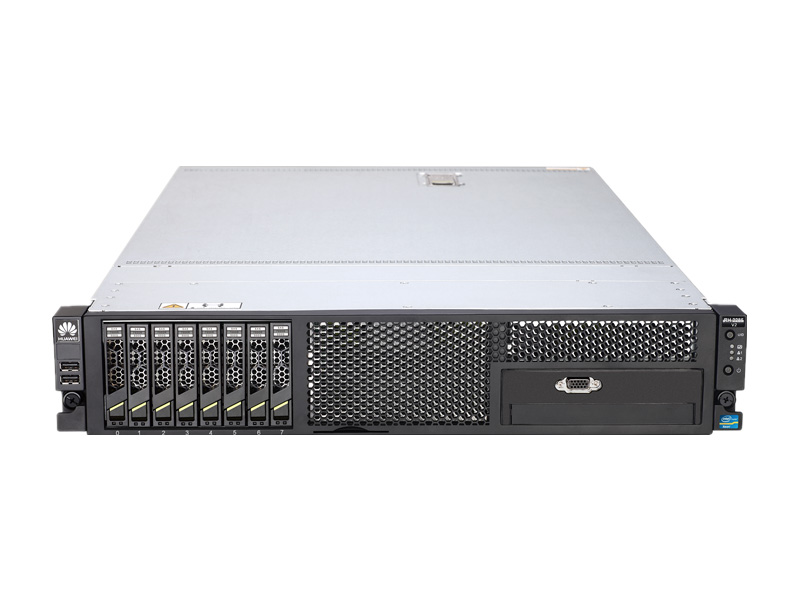SMC2.0 Videoconferencing Service Management System
The SMC2.0 Videoconferencing Service Management System provides centralized videoconferencing device management and service control for both Huawei and third-party devices. A mature management system for video communication, it enables participants to remotely communicate and collaborate with each other, and reduces corporate operating costs.
The SMC2.0 provides simple interfaces that enable users to set up and control conferences, including those that require traversal between private and public networks. System administrators also have sophisticated features for managing devices across large networks.
Unified management and centralized control enable video conferencing without boundaries
- Unified management of enterprise videoconferencing resources ensures that devices communicate at their best possible quality levels
- Hierarchical and role-based authentication of multiple users simplifies setting up conferences, even for large organizations
- H.323 gatekeeper and SIP server components enable flexible deployment and management
- Standards-based endpoints permit versatile integration with third-party systems
- Security is implemented at application, system, network, and management layers
Specifications
| Specifications | SMC2.0 |
| Communication Standards | ITU-T H.323 and IETF SIP |
| Other Protocols | H.225, H.245, Q.931, H.235, TCP/IP, FTPS, HTTP, HTTPS, Telnet, SSH, SNMP, LDAP/H.350, SOAP, RTP, RTCP, H.460, and SNP |
| Manageable Devices | 10,000 |
| Registrations | 1,000 |
| User Management | Hierarchical and role-based management of users
User logins from Web interfaces |
| Device Management | Unified management of all devices including MCUs, telepresence systems, endpoints, recording servers, and GK/SIP server
Devices in telepresence systems can be viewed in graphics-based topology displays Management of endpoints from multiple vendors Auto detection, device status query, device configuration template, batch parameter configuration and modification, locked parameters, batch software version management and upgrades, device status query, alarm processing, and operation logs viewable on the Web interface |
| Conference Scheduling | Features include the MCU virtual resource, SiteCall, ad hoc conference, conference activation, and recurring conference
Conferences can be scheduled from the Web interface or Outlook. When scheduling conferences, users can view the status of each participating site Conference notifications can be sent via email |
| Conference Control | Users can add or delete participants, mute speakers, mute microphones, broadcast sites, view sites, and set continuous presence mode |
| GK/SIP Server Functions | Functions include node management, blacklist/whitelist, call control, number change, bandwidth management, zone management, routing management, and SIP proxy |
| Third-party Integration and APIs | Integration with Microsoft Active Directory
Integration with Microsoft Exchange Server Integration with Microsoft Lync 2010TM/OCS 2007R2 Third-party APIs |






